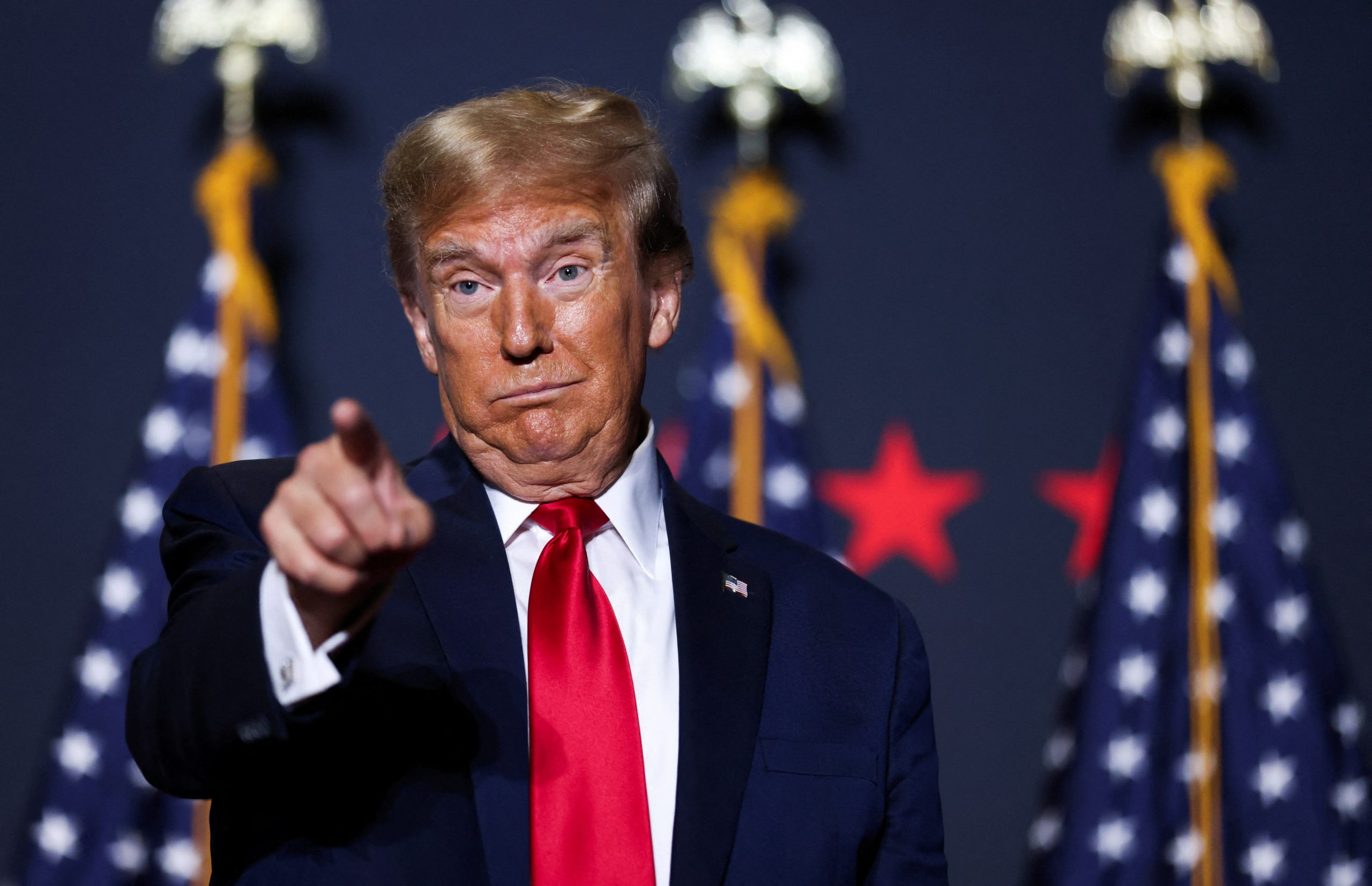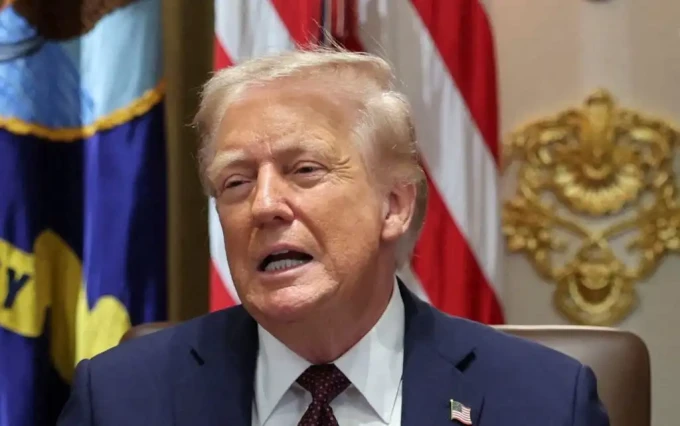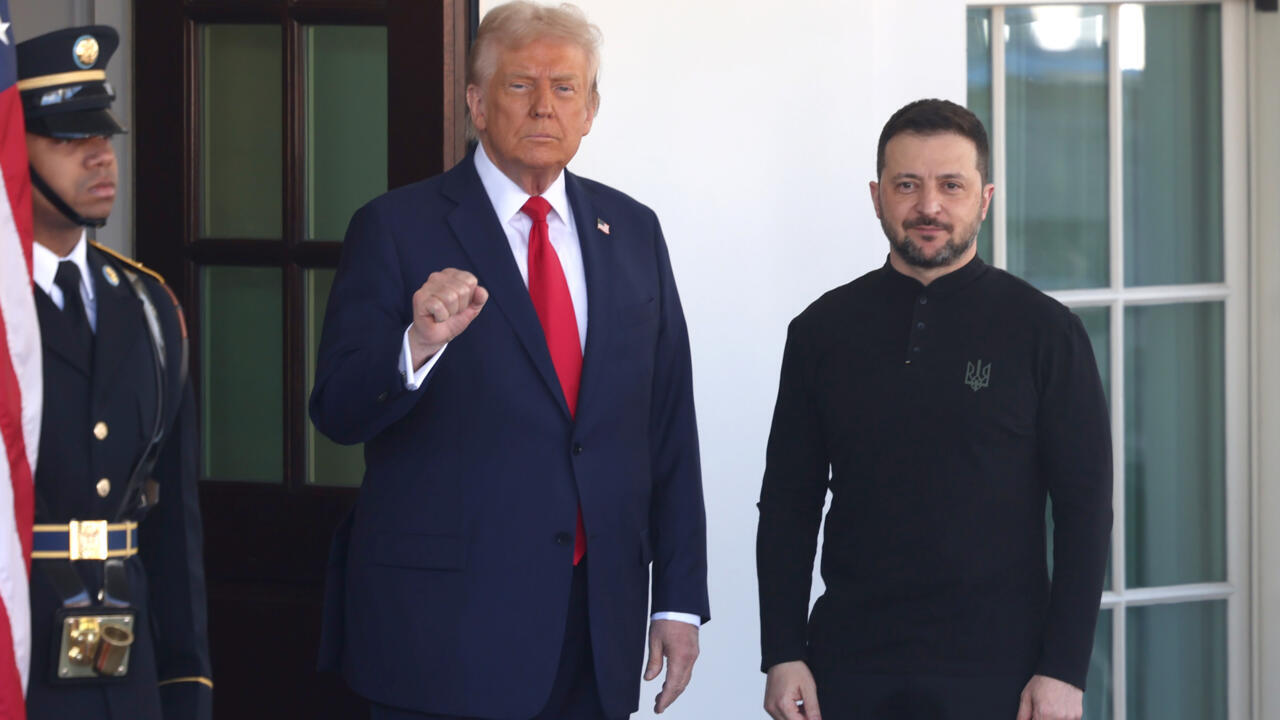U.S. President Donald Trump has announced a delay in the implementation of higher tariffs, now scheduled to take effect on August 1, 2025. This decision provides a three-week extension for countries to finalize trade agreements and avoid the proposed tariff increases. The original tariffs, which were set to begin on July 9, 2025, have been postponed to allow for continued negotiations.
The administration has been actively engaging with various nations to secure trade deals. Notably, agreements have been reached with the United Kingdom and Vietnam. The U.K. deal, announced on May 8, 2025, includes mutual tariff reductions and exemptions on steel and aluminum, though full implementation details remain pending. The Vietnam agreement, announced on July 2, 2025, allows U.S. goods duty-free access while imposing a 20% tariff on Vietnamese exports and a 40% tax on transshipped goods.
Despite these developments, the administration has indicated that additional tariffs may be imposed on countries aligning with the “Anti-American policies” of the BRICS group. President Trump has suggested a potential 10% tariff targeting nations that support BRICS, though specific details on this policy have yet to be outlined.
The delay in higher tariffs has had a notable impact on financial markets. The S&P 500 index, a key benchmark of U.S. equities, experienced a decline of 0.77% on the day of the announcement, closing at 620.52 USD. Similarly, the Dow Jones Industrial Average ETF (DIA) fell by 1.02%, closing at 443.53 USD. These movements reflect investor concerns over the ongoing trade tensions and the potential economic implications of the delayed tariffs.
As the August 1 deadline approaches, businesses and policymakers are closely monitoring the situation, awaiting further developments in the administration’s trade negotiations and the potential implementation of higher tariffs.












Leave a comment